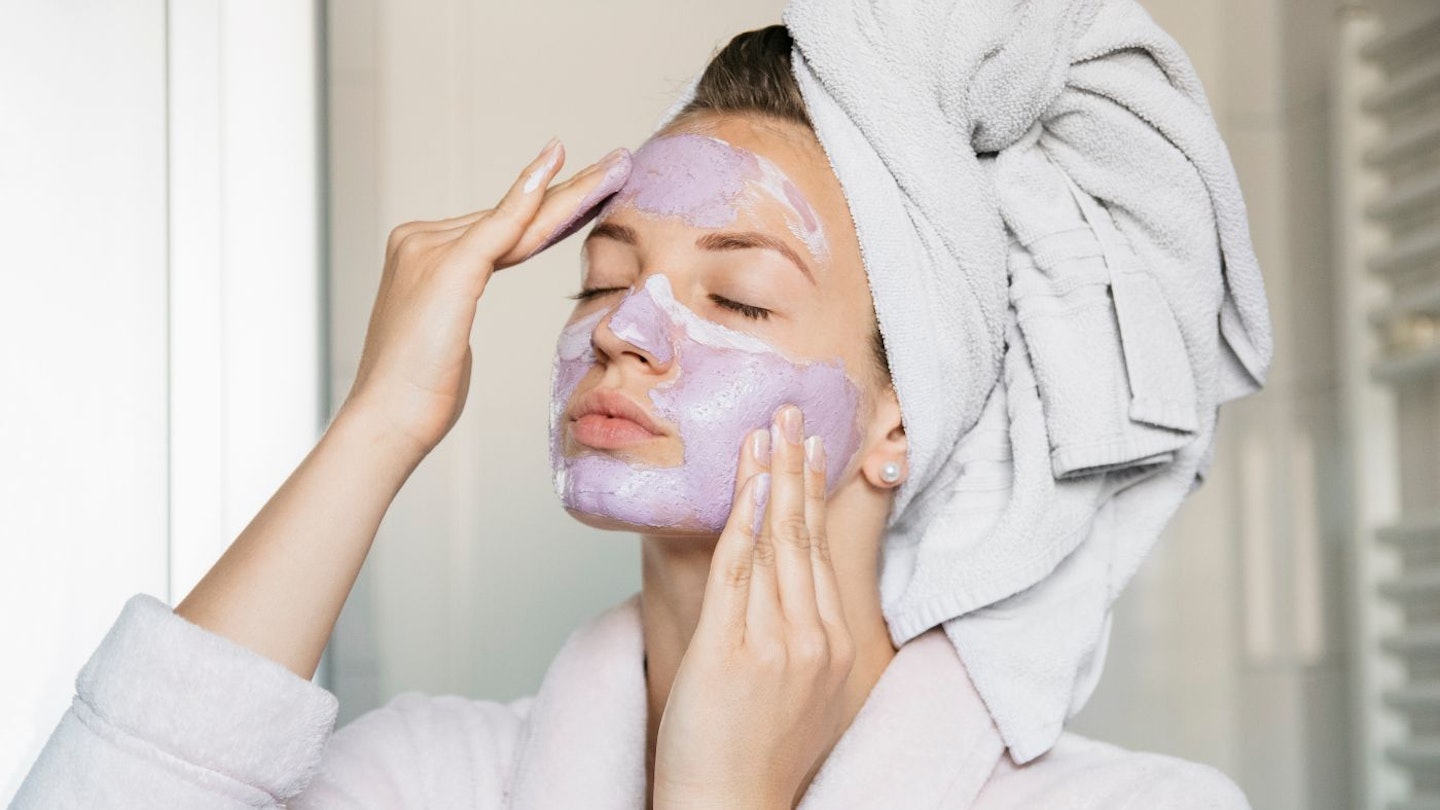With the weather constantly up and down, now is the time to give our skin that much-needed extra protection and nourishment into our skincare routine.
A great way to do this is by incorporating face masks as well as serums into your weekly routines to give your complexion that little bit of extra TLC.
Not only this but amongst the hustle and bustle of commuting to the office, taking the kids to school and diary events taking over, it’s a brilliant excuse for 15 minutes of ‘you’ time.
We spoke to Super Facialist’s Resident Skin Expert, Charlotte Connoley all about what’s to know about face masks.
She says: “Face masks are a treatment only, these aren’t to be used every day but rather when your skin needs a reset or a re-boost.”
Types of face masks:
“There are many types of masks but the ingredients inside them will matter more than the type you choose to use.”
So, whilst you might be struggling to choose between a peel off face mask, clay face mask or charcoal face mask, it’s all about what’s in them.
What mask should you use:
“To use masks to treat skin concerns, you need to ensure you are using the right ingredient/masks for your skin type," explains Charlotte. There are many ingredients that will help target specific skin concerns.
"Hyaluronic Acid is great for dehydrated/dry skin so choose this ingredient for a hydrating face mask, Salicylic Acid is suited towards oily skin and if you have sensitive skin then I’d recommend a cream mask."
Sheet masks are great for when you are on the go, on planes or travelling. When sheet masks are infused with Hyaluronic Acid these are great for dehydrated and dry skin to draw the moisture back into skin. Clay masks are great for oily skin, they can absorb excess oil, detox the skin and draw out impurities.”
Ingredients to avoid:
“This depends on your skin type. If you have sensitive, then I wouldn’t recommend using Salicylic Acid or if you are breaking out then I wouldn’t use anything too exfoliating or harsh on the skin as this can irritate it further,” advises Charlotte.
How to use a face mask:
“For most masks, you can take this directly from the bottle or the pot. You can apply directly to the skin with hands, but make sure to be delicate around the eye area. If you prefer, then using a mask brush will make the application cleaner and tidier.
Some masks don’t fully set, such as certain clay masks, if this is so then you can massage into the skin before allowing it to set. This way not only are you pushing ingredients into the skin and activating them more, you are also not wasting excess product.
Then leave the mask for 10-15 minutes before rinsing off.”
How often should you use a mask:
“I’d say once or twice a week maximum - as it is a treatment, you don’t want to overdo it and upset the skin barrier. Hyaluronic sheet masks you can use twice a week, but I wouldn’t recommend using a clay or setting mask more than once a week.”
DIY Do’s and Don’ts:
When it comes to homemade face masks, Charlotte says: “DIY masks are a great way to ensure the product is natural, however always check what ingredients you’re using and avoid the eye area first. Natural ingredients such as honey and yoghurt can be often as effective and are an eco-way to make your own mask.”
Charlotte's top tip:
“You can easily maximise results by massaging the mask into the skin, this will help warm up the skin and allow the product to sink in better.”
So if you’re getting your skin ready for the new season ahead or need a quick fix to sort your complexion out then follow Charlotte’s simple advice to get your face glowing.
